Hoque, M.A., George, A., Ramachandra, V. et al. All-2D CVD-grown semiconductor field-effect transistors with van der Waals graphene contacts. npj 2D Mater Appl 8, 55 (2024). https://doi.org/10.1038/s41699-024-00489-2
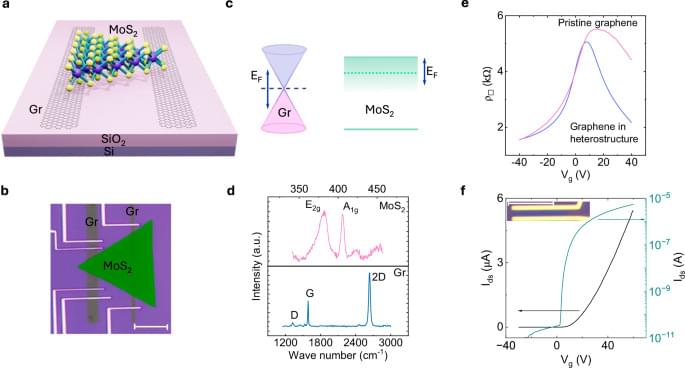

Hoque, M.A., George, A., Ramachandra, V. et al. All-2D CVD-grown semiconductor field-effect transistors with van der Waals graphene contacts. npj 2D Mater Appl 8, 55 (2024). https://doi.org/10.1038/s41699-024-00489-2
A permanent magnet begins to hover above a ceramic material as it cools and transitions to a superconducting state; the magnet remains aloft until the ceramic warms above a critical temperature.
The ceramic material is a 25mm disc of yttrium barium copper oxide (YBa2Cu3O7, also commonly referred to as \.
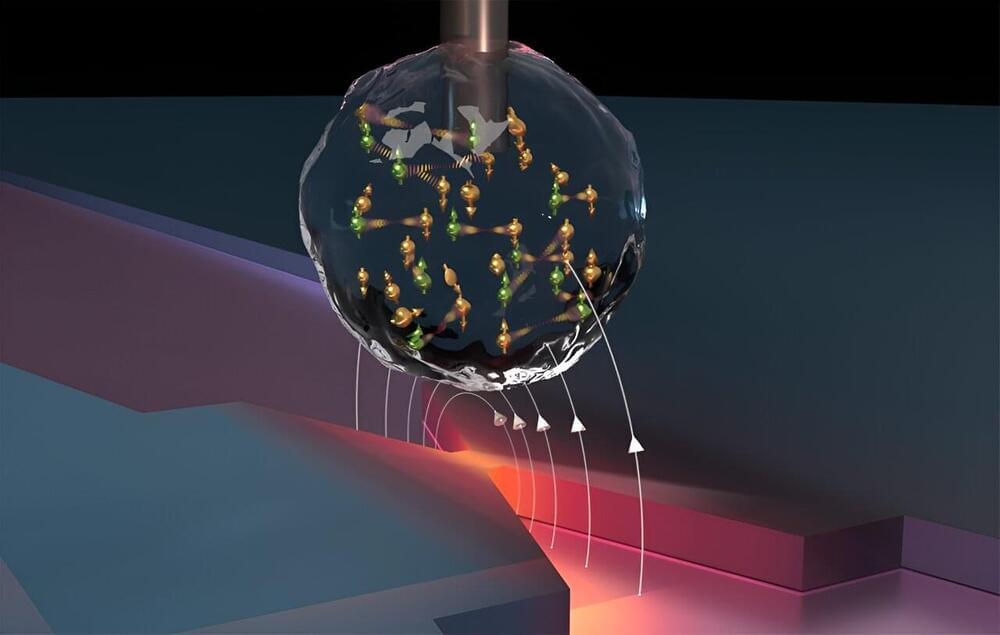

Metal organic frameworks (MOFs) on a bipyridinium basis can be excellent candidates to observe an ET due to their structural arrangement. Recently, Guo et al.12 reported a 2D semiconductor MOF composed by π-stacked redox active N-methylpyridinium cations, sandwiched by cyanide-bridged layers that shows light and temperature-induced color change with the formation of stable radicals even in an ambient atmosphere. In this case, the observed thermo-and photo-activated ET within these materials involves the pyridinium unit as acceptor and the uncoordinated CN- moiety as donor. These MOF structures are closely related to Prussian blue and/or Hofmann clathrate derivatives which offer excellent structural platforms to establish multifunctionality, due to their intrinsic magnetic properties: photomagnetism, magnetic ordering, valence tautomerism and/or a spin crossover (SCO)22,23,24,25,26.
In general, Hofmann clathrates are formed by three major building blocks, first off, aion metal center, second, a ligand (L) and lastly, a cyanometallate anion [M(CN)x]n– (x = 2 or 4, n = 1 or 2). Usually, this combination affords 2D planar metal−cyanide−metal sheets completed by a mono-or bidentate neutral organic ligand L, most often ammonia27, pyridine2830,31,32, triazole33,34,35,36,37 or pyrazine38,39,40 derivatives, with a general formula of {Fe(L)x[µ4-M’(CN)4]} (x = 1 or 2; M’= Ni, Pd or Pt) or {Fe(L)x[µ2-M(CN)2]} (x = 1 or 2; M= Cu, Ag or Au)28. The modulation of the ligand field around the iron center through the different units leads to the introduction of the SCO properties. To our knowledge, at least three exceptions to this general formula have been described in literature: i) if the ligand is a strong chelate, for example a quinoline derivative (aqin), 1D chains of [Fe(aqin)2(μ2-M(CN)4)] (M = NiII and PtII) are obtained, where [M(CN)4]2- acts as a bridge between the iron sites; ii) if the ligand is tetradentate, a {[Fe(μ4-bztpy)μ2-Pt(CN)4]·0.5bztpy} structure emerges, where 2D sheets, formed by the ligand and the FeII metal center, are again interconnected by [M(CN)4]2- building blocks42, and iii) very recently, Real et al. described two isomorphous structures, where the ligand carries a positive charge due to a spontaneous protonation during the crystallization process. The authors suggested that the positive charge could be responsible for an additional class of Hofmann-clathrates with the general formula {Fe(L)2[µ2-M(CN)4]}. It should be noted that in all of the above cases, the specific properties (electronic, steric, etc.) of the ligands are responsible for the final structure of these modified Hofmann-type clathrates, which, nevertheless, maintain a SCO behavior. Thus, we think that Hofmann-type clathrates offer an excellent structural platform to establish multifunctionality through introduction of a redox-active ligand, such as a bipyridinium-type derivative.
In this work, we explore this idea by synthesizing a large family of non-innocent ligands, which contain three functional building blocks (Fig. 1a; see Supplementary Figs 1 – 5 for characterization), the most important being a monocationic pyridinium unit that is responsible for the redox activity12,44,45,46,47. Attached to it, an aryl group allows for the fine-tuning of the delocalized electron density of the ligand by modifying the substituent R in para position. Lastly, a pyridine group is added to ensure the coordination to the iron center. The pyridinium moiety contains an electropositive, quaternary nitrogen atom that can be reduced to the highly air-sensitive neutral (radical) species (Fig. 1b). As demonstrated through several examples in the literature, the stability of the radical state can be largely improved by e.g. incorporating it in a MOF structure. In the case of the compound reported by Guo et al.12 the stabilization of the radical is due to π−π and cation-π interactions within the network. With this idea in mind, the abovementioned redox-active ligands were used to synthesize a family of Hofmann-type MOFs, which, as we show below, host a wealth of electronic phenomena, including both SCO and ET processes as well as redox activity…
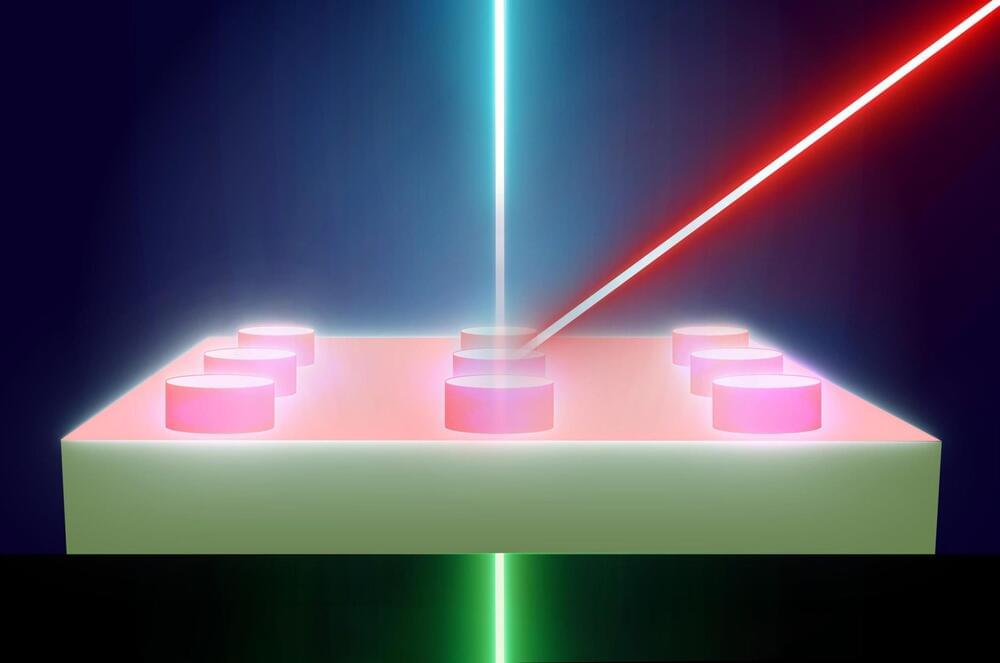
Scientists at the Fritz Haber Institute of the Max Planck Society have developed a revolutionary microscopy method that enables the direct visualization of nanostructures and their optical properties.
This breakthrough allows researchers to observe nanoscale materials, like metamaterials, in unprecedented detail by manipulating light in innovative ways. The method has taken over five years to develop and leverages the unique capabilities of the Free Electron Laser. The implications of this research are vast, offering the potential to advance flat optics, shrink 3D optics to 2D, and create more efficient optical devices.
Tailoring Light With Nanomaterials
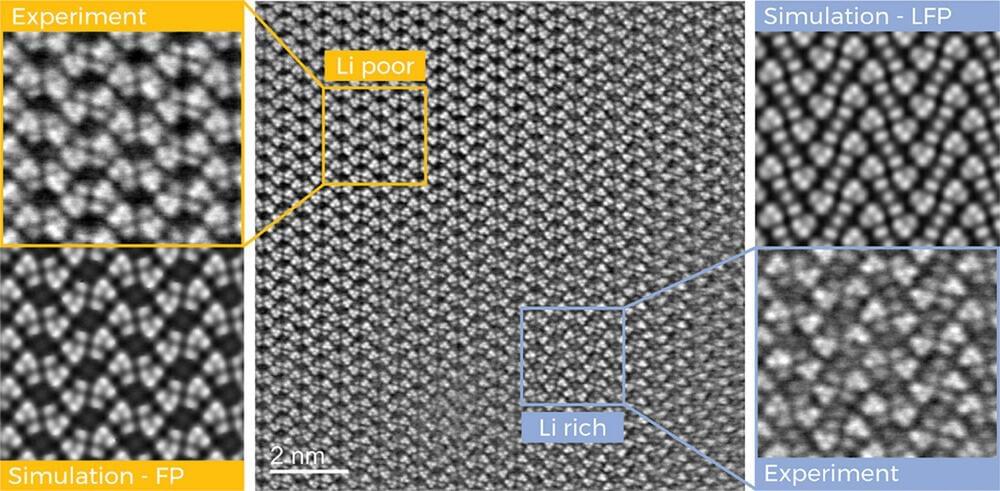
Lithium iron phosphate is one of the most important materials for batteries in electric cars, stationary energy storage systems and tools. It has a long service life, is comparatively inexpensive and does not tend to spontaneously combust. Energy density is also making progress. However, experts are still puzzled as to why lithium iron phosphate batteries undercut their theoretical electricity storage capacity by up to 25% in practice.
In order to utilize this dormant capacity reserve, it would be crucial to know exactly where and how lithium ions are stored in and released from the battery material during the charging and discharging cycles.
Researchers at Graz University of Technology (TU Graz) have now taken a significant step in this direction. Using transmission electron microscopes, they were able to systematically track the lithium ions as they traveled through the battery material, map their arrangement in the crystal lattice of an iron phosphate cathode with unprecedented resolution and precisely quantify their distribution in the crystal.
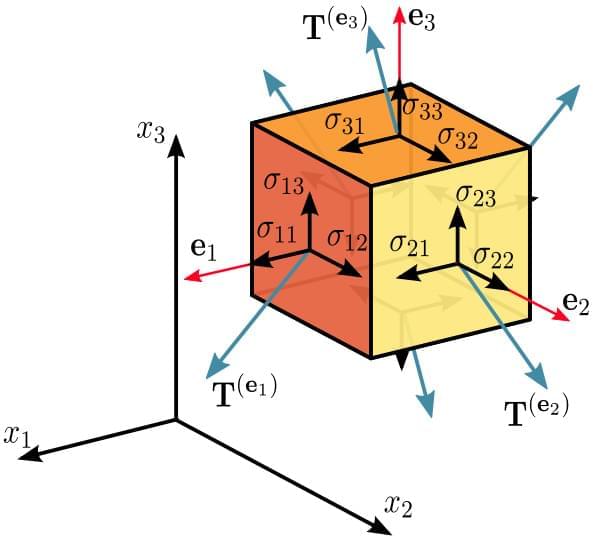
“the Cauchy stress tensor completely defines the state of stress at a point inside a material in the deformed state”
The Cauchy Stress Tensor.
Imagine you’re holding a rubber band in your hands and stretching it.
The SI base units of both stress tensor and traction vector are newton per square metre (N/m2) or pascal (Pa), corresponding to the stress scalar. The unit vector is dimensionless.
The Cauchy stress tensor obeys the tensor transformation law under a change in the system of coordinates. A graphical representation of this transformation law is the Mohr’s circle for stress.
The Cauchy stress tensor is used for stress analysis of material bodies experiencing small deformations: it is a central concept in the linear theory of elasticity. For large deformations, also called finite deformations, other measures of stress are required, such as the Piola–Kirchhoff stress tensor, the Biot stress tensor, and the Kirchhoff stress tensor.

Chirality in extended 2D structures exhibits fundamental differences from molecular-level chirality. This Perspective discusses how local molecular chirality is transmitted and amplified to form distinctive global chirality within ultrathin, single-crystalline 2D materials; it also explores the future challenges and potential of this field.
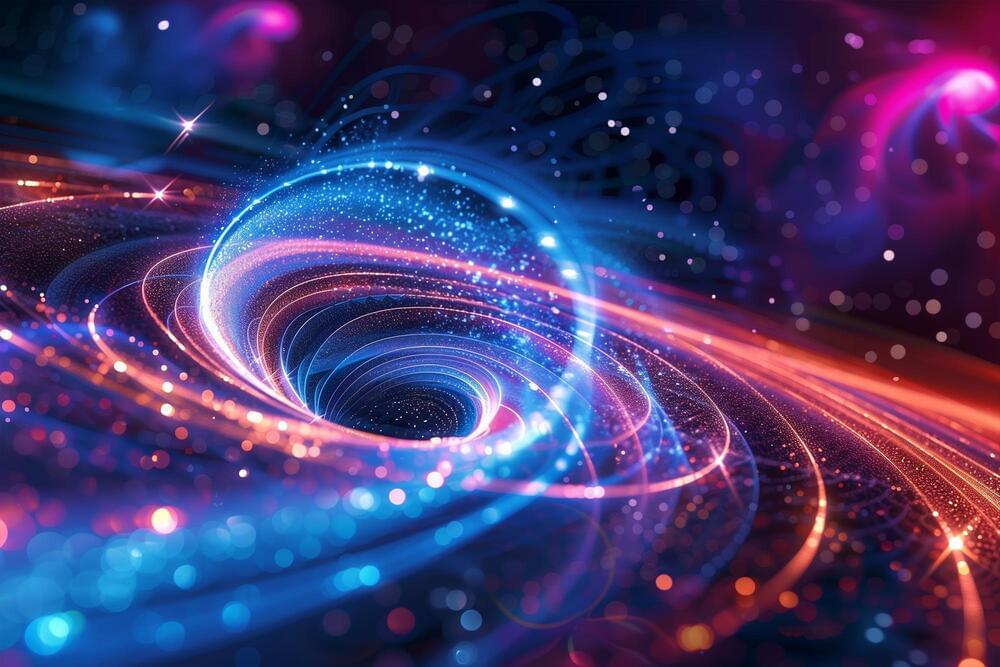
Researchers discovered a significant anomalous Hall effect in the magnetic material SrCo6O11 at temperatures above its magnetic transition, where it exhibits a phenomenon known as the “Spin-Fluctuating Devil’s Staircase.” This observation could revolutionize the design of materials for magneto-thermoelectric conversion, impacting the development of new thermoelectric materials.
Here’s a bit of background: When an electric current flows through a metal sample in a magnetic field, it experiences the Lorentz force. This force generates a voltage perpendicular to the magnetic field and current—a phenomenon referred to as the Hall effect.
In magnetic metals, a similar phenomenon—known as the anomalous Hall effect—may occur independently of an external magnetic field, particularly in ferromagnetic materials wherein electron spins are aligned. Generally, this alignment—and thus the anomalous Hall effect—only manifests below a certain temperature, known as the magnetic transition temperature.
